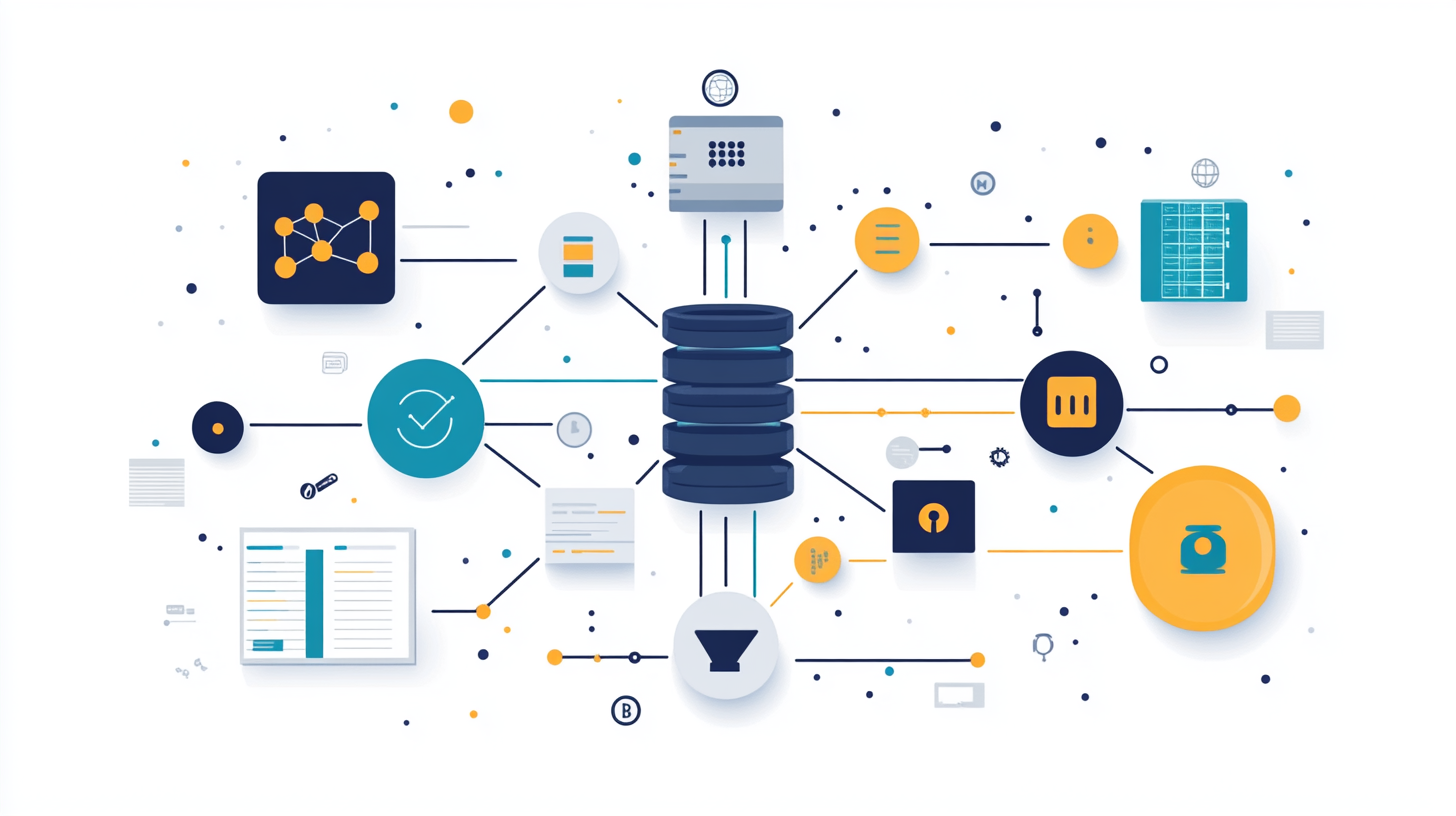The True Cost of Untested Software
A single software bug cost NASA $327 million. Amazon lost $72 million in just a few hours due to platform outages. These dramatic examples illustrate the astronomical cost of untested software.
Software testing is often perceived as a time-consuming and expensive phase of development. However, the consequences of skipping or underinvesting in testing can far outweigh the upfront costs. Businesses that fail to prioritize robust testing risk facing expensive bug fixes, customer dissatisfaction, reputational damage, and ultimately, lost revenue.
In today’s fast-paced digital landscape, where user experience and reliability are paramount, untested software can become a financial sinkhole. This article examines the financial implications of untested software, supported by real-world examples, and demonstrates how investing in thorough testing can save businesses millions.
The Financial Fallout of Untested Software
Fixing Bugs: A Costly Gamble
Fixing bugs during later stages of development — or worse, after release — is far more expensive than what you might expect. According to IBM, the cost of fixing a bug during the maintenance phase can be 15 times higher than fixing it during the design phase.
Example: Even NASA isn’t immune. In 2012, the Mars Climate Orbiter was lost due to a software bug caused by a simple unit conversion error, resulting in a $327 million failure. While this isn’t a commercial example, it highlights the astronomical costs of oversight in critical software systems.
When Customers Walk Away: The Price of Poor Testing
Untested software frustrates users, leading to negative reviews, customer churn, and lost trust. Dissatisfied customers often share their experiences widely, amplifying the reputational damage.
Example: In 2020, Robinhood, the popular trading platform, faced widespread backlash due to system outages during a critical stock trading day. The glitches prevented users from trading, costing the company millions in lawsuits and customer loss. Robinhood eventually paid $70 million in penalties to FINRA and suffered long-term reputational damage.
Downtime’s Hidden Bill: Lost Revenue in Real-Time
Software failures often lead to downtime, which can cripple revenue generation, especially for e-commerce platforms or SaaS providers.
Example: Amazon’s 2018 Prime Day experienced intermittent outages, causing an estimated revenue loss of $72 million within hours. A strong pre-release testing strategy could have mitigated these issues, ensuring platform stability during peak demand.
Your Reputation on the Line: Why Testing Matters
The long-term consequences of software bugs often manifest as reputational harm. Companies delivering buggy or unreliable software struggle to regain customer trust.
Example: In 2013, the Affordable Care Act's Healthcare.gov website launched with severe functionality issues, including login errors and frequent crashes. These problems tarnished public perception of the program and required an additional $2.1 billion to fix over time.
How Software Testing Saves Money
Early Bug Detection
Investing in software testing allows businesses to identify and address defects early in the development cycle, where fixes are less costly.
$1 to $100
is the cost difference between fixing a bug during design, compared to $100 or more post-release, according to Systems Sciences Institute.
Enhanced User Experience
Rigorous testing ensures a seamless user experience, boosting customer retention and loyalty. Satisfied users are more likely to recommend a product, reducing marketing costs.
Example: After the Xbox 360's "Red Ring of Death" debacle — which cost Microsoft $1.15 billion in warranty claims — the company adopted rigorous testing practices. Subsequent Xbox releases focused heavily on pre-launch testing, avoiding similar failures.
Mitigation of Legal and Compliance Risks
Testing ensures compliance with regulatory requirements, reducing the risk of lawsuits deriving from failures or security breaches.
Example: Equifax’s infamous 2017 data breach, caused by an unpatched vulnerability, resulted in a settlement of $575 million. Thorough testing and timely updates could have prevented this costly disaster.
Prevention of Downtime
Rigorous performance testing ensures systems can handle peak loads, reducing the likelihood of costly downtime during critical periods.
$5,600 per minute
is the average cost of IT downtime, according to Gartner reports, highlighting the high stakes of maintaining system reliability
Testing Strategies That Pay Off
- Visual Testing: Ensures the consistency and accuracy of visual elements, detecting unintended design changes or layout issues across devices and browsers. This type of testing is essential for maintaining a seamless user experience.
- Automated Testing: Reduces the time and cost associated with repetitive test cases, enabling faster and more reliable results.
- Continuous Integration and Continuous Deployment (CI/CD): Integrating testing into CI/CD pipelines ensures new changes are validated in real-time, catching bugs before they escalate.
- Load and Stress Testing: Simulates peak conditions to evaluate system performance under pressure, preventing crashes during high-demand events.
- User Acceptance Testing (UAT): Involving end-users in the testing process ensures the software meets real-world requirements, minimizing post-release issues.
Conclusion: Testing Is an Investment, Not a Cost
The financial implications of untested software — from expensive bug fixes to lost revenue and reputational damage — underscore the importance of rigorous software testing. Real-world examples from Amazon, Robinhood, and Equifax illustrate how neglecting testing can lead to catastrophic financial losses.
In contrast, businesses that prioritize robust testing practices not only save money but also enhance customer satisfaction and long-term profitability.
Don’t let untested software jeopardize your business. Start by evaluating your current testing strategies and exploring solutions like visual and automated testing, CI/CD, and UAT. Remember, every dollar spent on testing today saves you tenfold tomorrow. By viewing testing as an investment rather than a cost, you can safeguard your business and build more resilient software.
Take action today to secure your software — and your bottom line.














Discussion